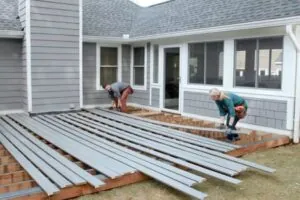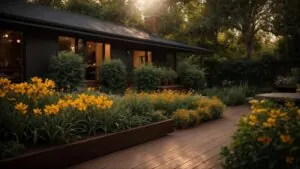Knowing how long your wood deck will last is important. When you have a house, you need to take into account regular wear and tear. Things break down, and that’s normal.
But you want to have a plan and budget ready when the time does come that your deck needs a repair or replacement. The last thing you want is to get yourself or any of your loved ones injured because of a damaged deck. And if you’re planning to build one, it helps to know which type of wood decks last the longest.
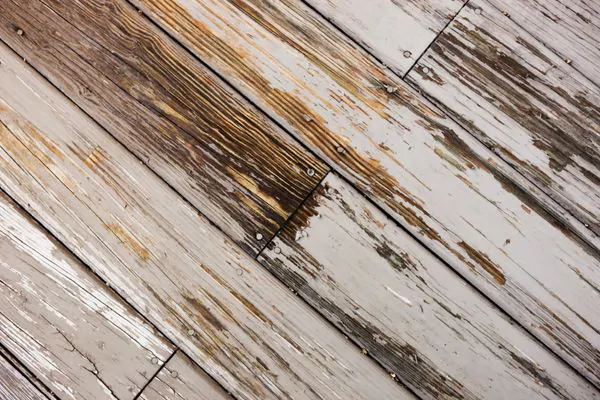
In this article, factors that affect the lifespan of a deck will be discussed, as well as tips for maintaining a wooden deck. If this sounds good to you, then read on.
Factors Affecting the Lifespan of a Wood Deck
Type of wood used
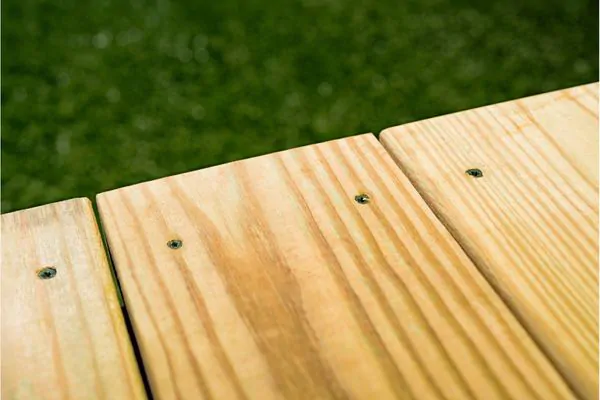
The type of wood used can have a significant impact on the longevity of a wood deck. Some types of wood are naturally more durable and resistant to weathering and decay than others. Here are a few examples:
Cedar and Redwood: These two types of wood are naturally resistant to decay and insect damage, making them a popular choice for outdoor decking. They are also less prone to warping and shrinking, which can lead to structural issues over time.
Pressure-treated lumber: This is a common choice for decking because it is treated with chemicals to resist rot, decay, and insect damage. However, pressure-treated lumber may not be as durable as cedar or redwood and may require more maintenance to keep it in good condition.
Tropical hardwoods: These woods, such as ipe and tigerwood, are known for their durability and resistance to weathering and decay. However, they are also more expensive than other types of wood and may require specialized tools and expertise to install properly.
Climate and environmental conditions
Climate and environmental conditions can have a significant impact on the longevity of a wood deck. Exposure to sun, rain, wind, and extreme temperatures can cause wood to expand and contract, leading to cracking, warping, and splitting over time. Here are a few specific ways that climate and environmental conditions can affect the lifespan of a wood deck:
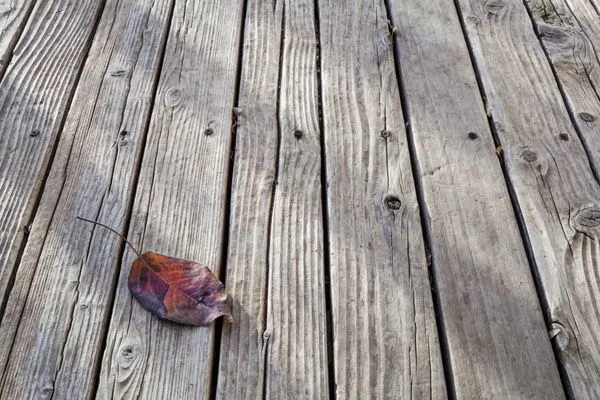
Moisture: High levels of moisture can lead to the growth of mold, mildew, and fungus, which can weaken the wood and cause it to rot over time. Additionally, freeze-thaw cycles in colder climates can cause water to penetrate the wood, leading to swelling and cracking.
Sunlight: UV rays cause wood to fade and dry out over time, making it more susceptible to cracking and splintering.
Thermal Expansion: Extreme heat or cold causes wood to expand and contract, leading to warping, twisting, and cracking. In colder climates, exposure to snow and ice can also cause damage to a wood deck.
Maintenance

Having savvy a wood deck contractor conducting regular inspections and maintenance can save you a lot of money in the long run. Small damages tend to get out of hand, and that’s why regular maintenance is important.
FAQ: Why Are My Deck Boards Rotting?
How Long Should a Wood Deck Last?
As mentioned, the lifespan of a wood deck will vary depending on a variety of factors, including the type of wood, climate and environmental conditions, and maintenance and upkeep. On average, a well-maintained wood deck can last anywhere from 10 to 30 years, but some decks can last even longer with proper care.
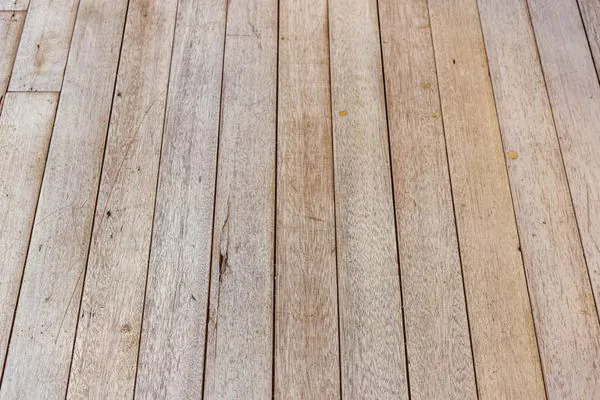
Signs of a Deck Nearing the End of Its Lifespan

If you notice any of these signs, it’s important to have your deck inspected by a professional to determine if it’s safe to continue using or if it needs to be repaired or replaced. Deck restoration can be costly, but you can get excellent value with the right people.
● Cracks in the boards or support beams
● Warping or bowing of the boards
● Loose or missing screws, nails, or fasteners
● Signs of rot or decay in the wood
● Soft spots or sponginess in the boards or support beams
● Corrosion or rust on metal components (such as brackets or connectors)
● Splintering or roughness in the boards
● Fading or discoloration of the boards
● Insect damage, such as termite tunnels or other signs of infestation
● Signs of water damage, mold or mildew growth, or moisture stains on the wood
Tips for Extending the Lifespan of a Wood Deck
1. Clean your deck regularly, especially after any spills or stains, to prevent mold, mildew, and staining. Use a deck cleaner specifically designed for wood decks and follow the manufacturer’s instructions.
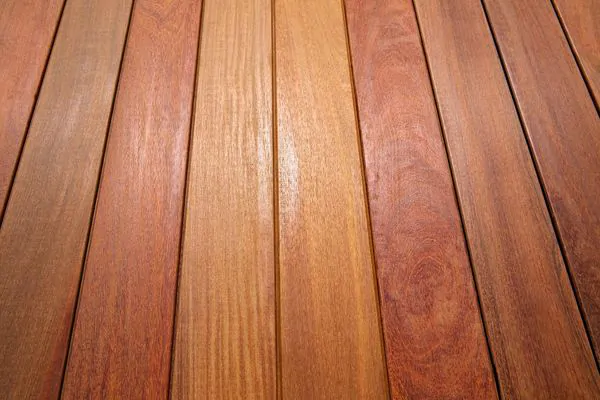
2. Proper maintenance includes regular cleaning, inspection, and repair. Check for rot, cracks, and splinters, and repair any issues immediately.
3. Seal and stain your deck regularly to protect it from the elements. Choose a high-quality product that is specifically designed for wood decks and apply it according to the manufacturer’s instructions.
4. Water is the enemy of wood decks, so make sure to keep the surface dry and free from standing water. Install proper drainage to ensure that water flows away from the deck.
5. Avoid using sharp objects such as shovels or metal snow blowers on the deck surface, as they can scratch and damage the wood.
6. Keep plants away from the deck, as they can trap moisture and promote mold and mildew growth.
7. Use an awning or umbrella to protect your deck from excessive sunlight and heat, which can cause fading and damage to the wood.
If your deck is nearing its end or if it just needs some repairs to keep it functioning well, Deck Builders College Station is here to help. Give us a call at 979-202-4124 and find out how we can help you.
FAQs for How Long Does a Wood Deck Last? | A Look at Its Longevity
1. What is the life expectancy of a wood deck?
The life expectancy of a wood deck depends on the type of wood and maintenance practices. On average, a well-maintained wood deck can last between 10 to 30 years. Softwoods like pine may have a shorter lifespan, while hardwoods like cedar or redwood last longer. Wood deck builders recommend regular maintenance, including sealing and staining, to extend the life of the deck. Proper care can help maximize its durability, even in harsh weather conditions.
2. How often should you replace a wood deck?
The need to replace a wood deck depends on its condition and the materials used. If the wood shows significant signs of wear, such as rot, splintering, or warped boards, it may be time to replace the deck. Typically, a wood deck lasts around 10 to 30 years with proper care. If you notice frequent repairs, wood deck builders can inspect the structure to determine if a replacement is needed or if deck wood can last longer with specific maintenance.
3. What type of deck lasts the longest?
Composite decks generally last the longest, with an average lifespan of 25 to 50 years, as they are resistant to rot, fading, and insects. However, high-quality hardwoods like teak, mahogany, and Ipe are also known for their durability and can last 25 to 40 years with proper care. When deciding on deck wood, wood deck builders can guide you in selecting the best option based on your budget and desired lifespan.
4. How do I prolong the life of my wood deck?
To prolong the life of your wood deck, ensure regular maintenance such as sealing, staining, and cleaning to protect against moisture, UV damage, and dirt buildup. Install proper drainage and ensure good airflow beneath the deck to prevent moisture buildup. Wood deck builders recommend inspecting your deck regularly for early signs of damage. Replacing worn or damaged boards immediately will also help ensure the longevity of your deck.
